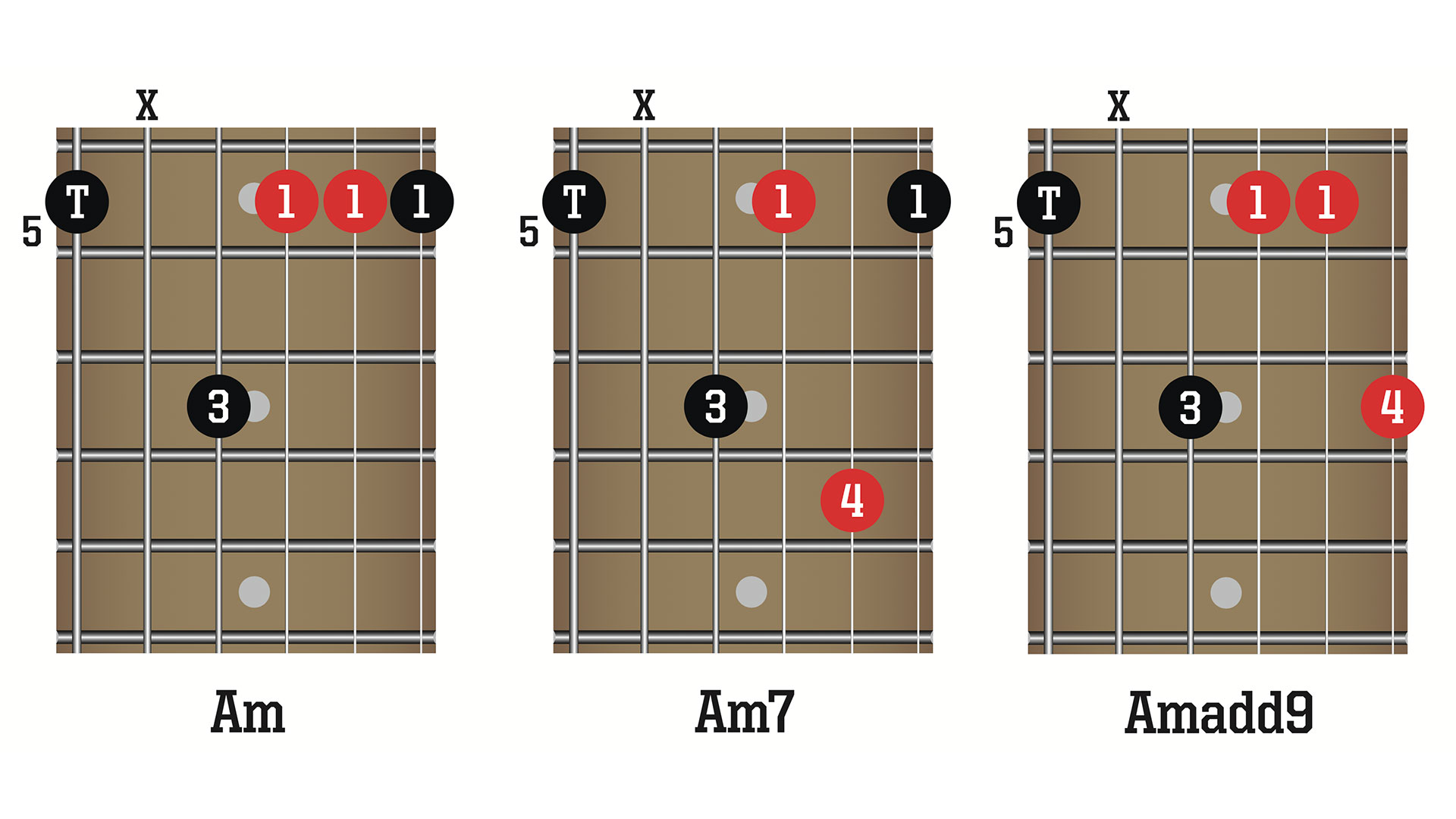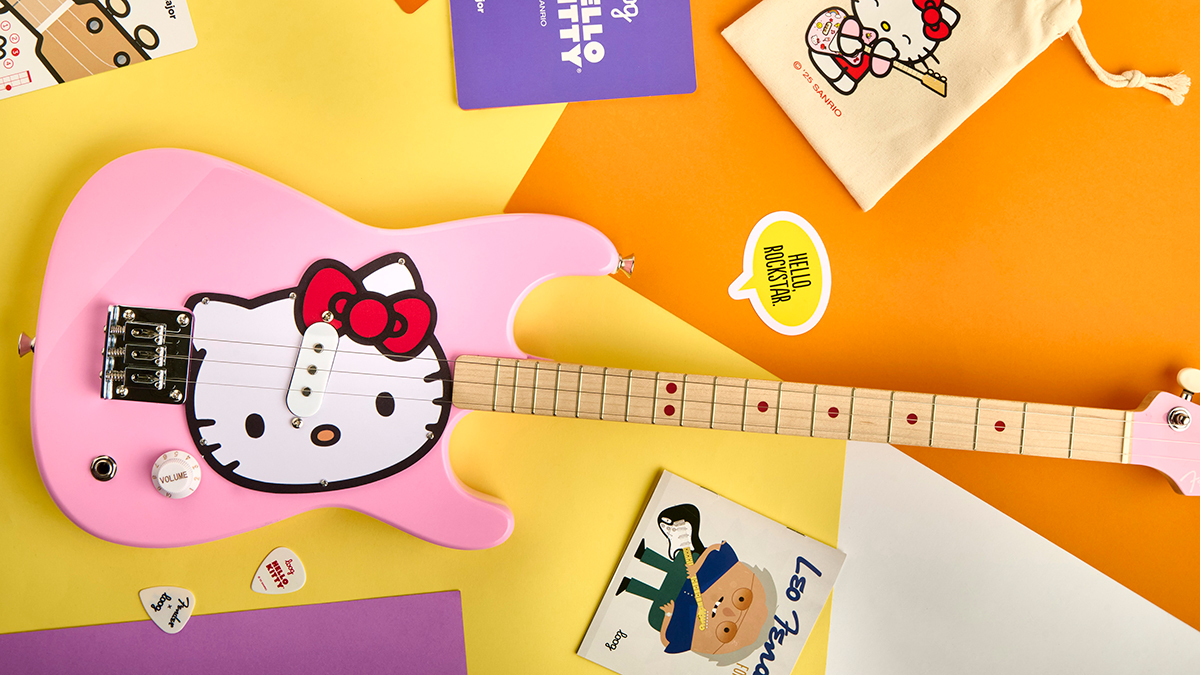Jimi Hendrix smashed the barriers between lead and rhythm guitar with his revolutionary chord work. Learn how the most influential guitarist of them all worked his voodoo style with this essential chord lesson
Learn about the often overlooked rhythmic foundations of the guitar icon’s world-changing playing
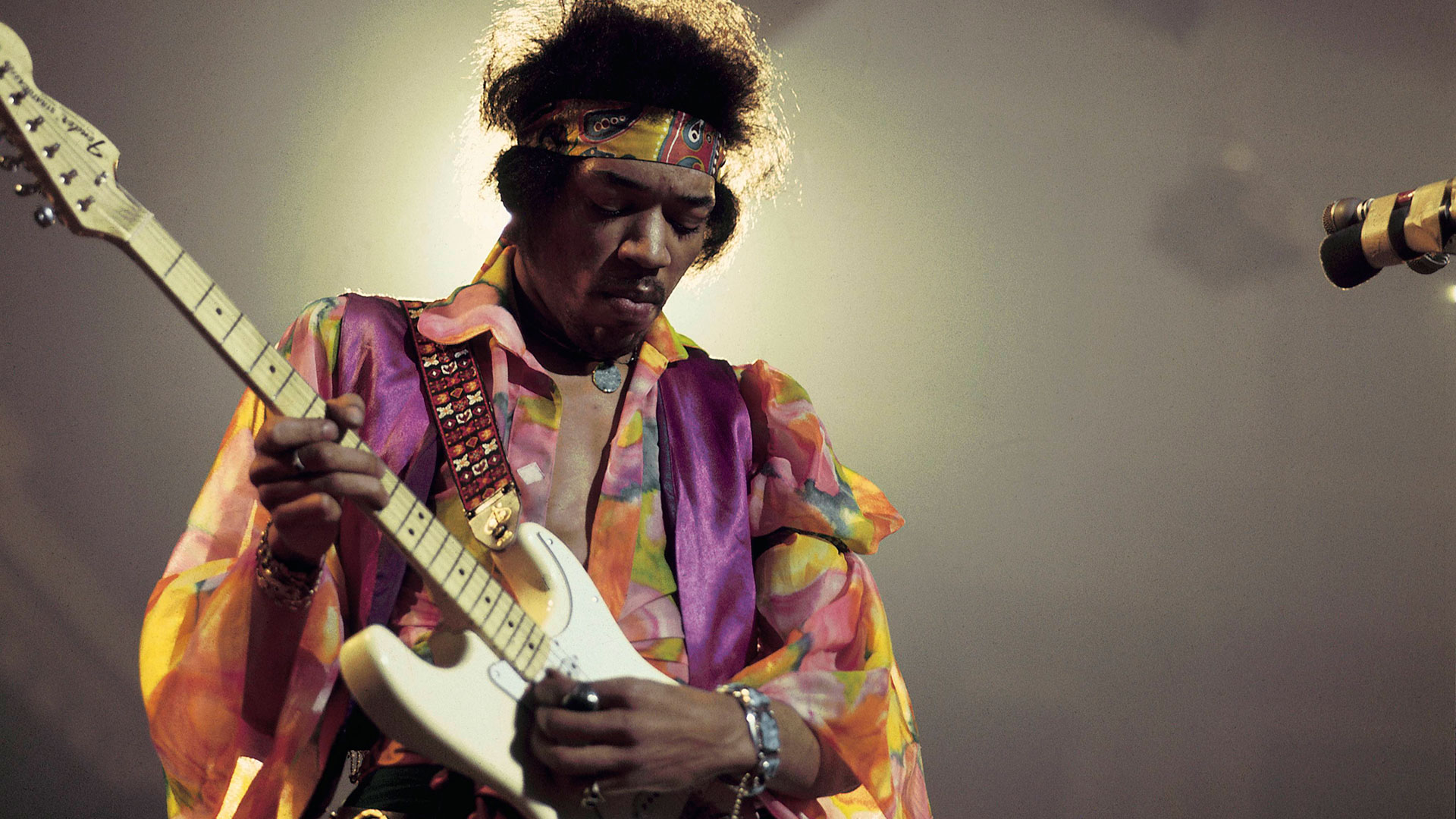
Jimi Hendrix is usually the first name under the spotlight when it comes to discussions of game-changing lead guitar techniques, but it was the guitar icon’s chordal work that formed the foundation of his remarkably responsive playing style.
By its nature, it was Hendrix’s liquid rhythm playing – not least, that distinctive thumb-over barre chord – that made up the majority of the songs we know and love and enabled him to flow so seamlessly in and out of his solos and lead embellishments.
Indeed, quite apart from his virtuosic solos, Hendrix’s approach to chords and rhythmic work made their own waves in the rock guitar space, as the icon incorporated the soul and funk chops, honed backing the likes of the Isley Brothers, alongside his toothy rock tone.
Here we’ve rounded-up four examples of Hendrix’s sometimes overlooked rhythm technique that will help you add character to your chord work and flow more easily between your lead and rhythm playing.
Thumb-over-the-neck barre chords
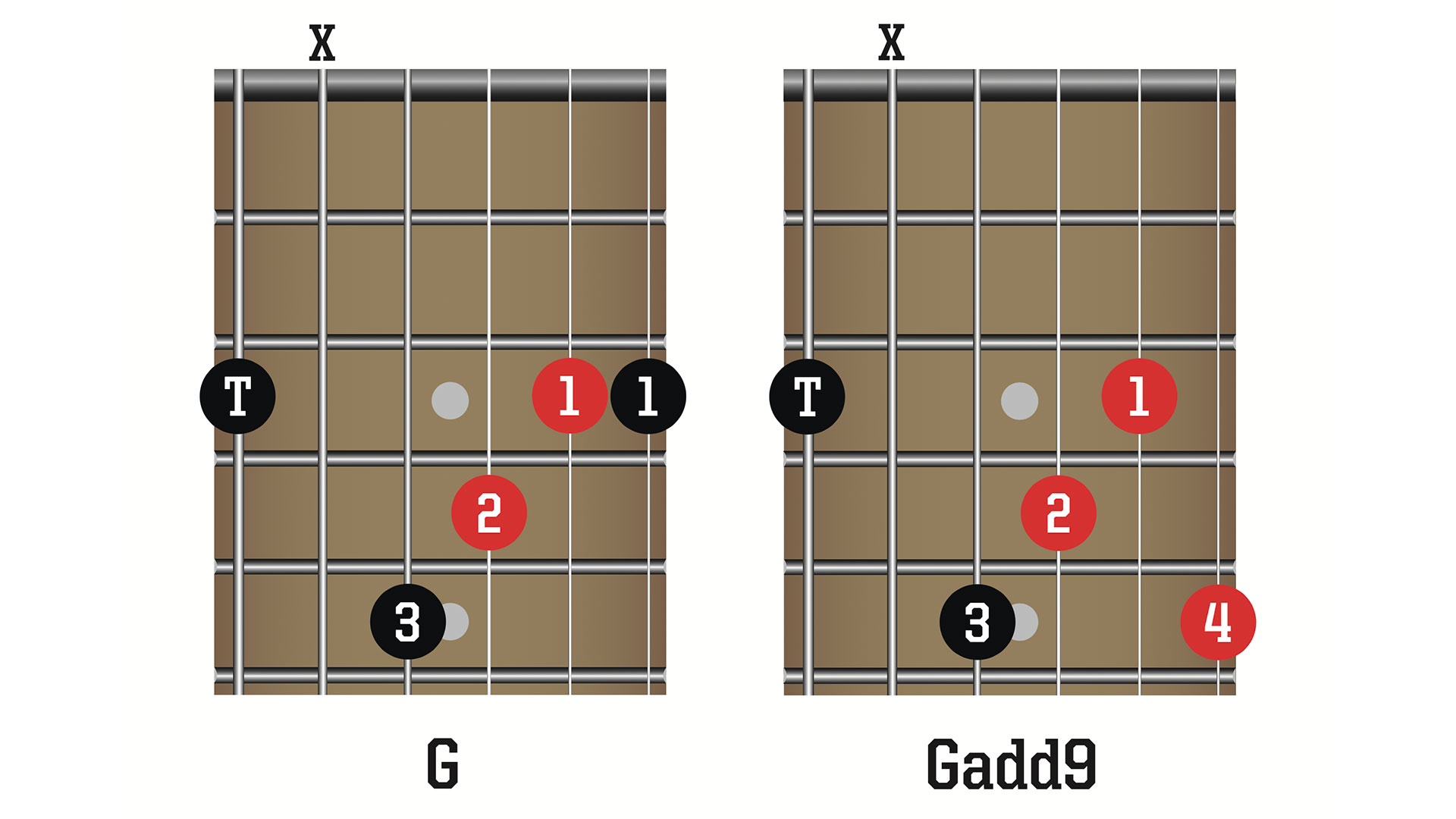
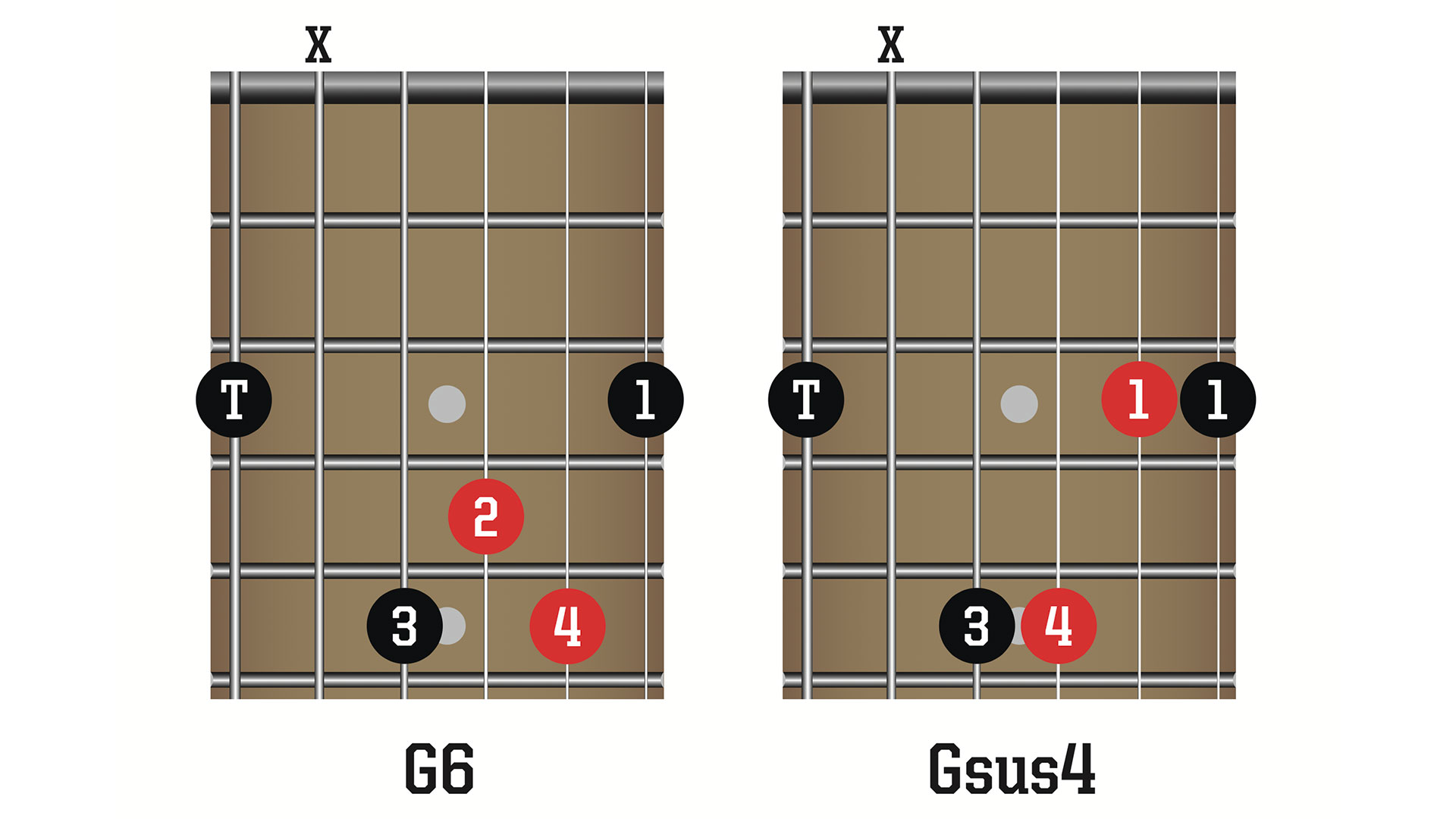
Classical guitarists may balk, but Jimi’s ‘thumb over the neck’ barring technique allows him to position his fret hand in a way that those magical embellishments fall neatly under his fingers.
It’s just a matter of wrapping your thumb round the neck to fret the sixth string instead of using your first finger to barre across all six strings. Try the basic G chord first, and hammer on to the extra notes for a Little Wing or Castles Made of Sand vibe.
Minor shapes
The ‘thumb over the neck’ and one-finger barre techniques also apply to minor chords.
All the latest guitar news, interviews, lessons, reviews, deals and more, direct to your inbox!
Remember, Jimi would often play only two or three notes from each shape – an idea that allows you to ditch the occasional note you can’t easily reach and focus on cleanly fretting the more colorful extensions.
First-finger barre chord shape
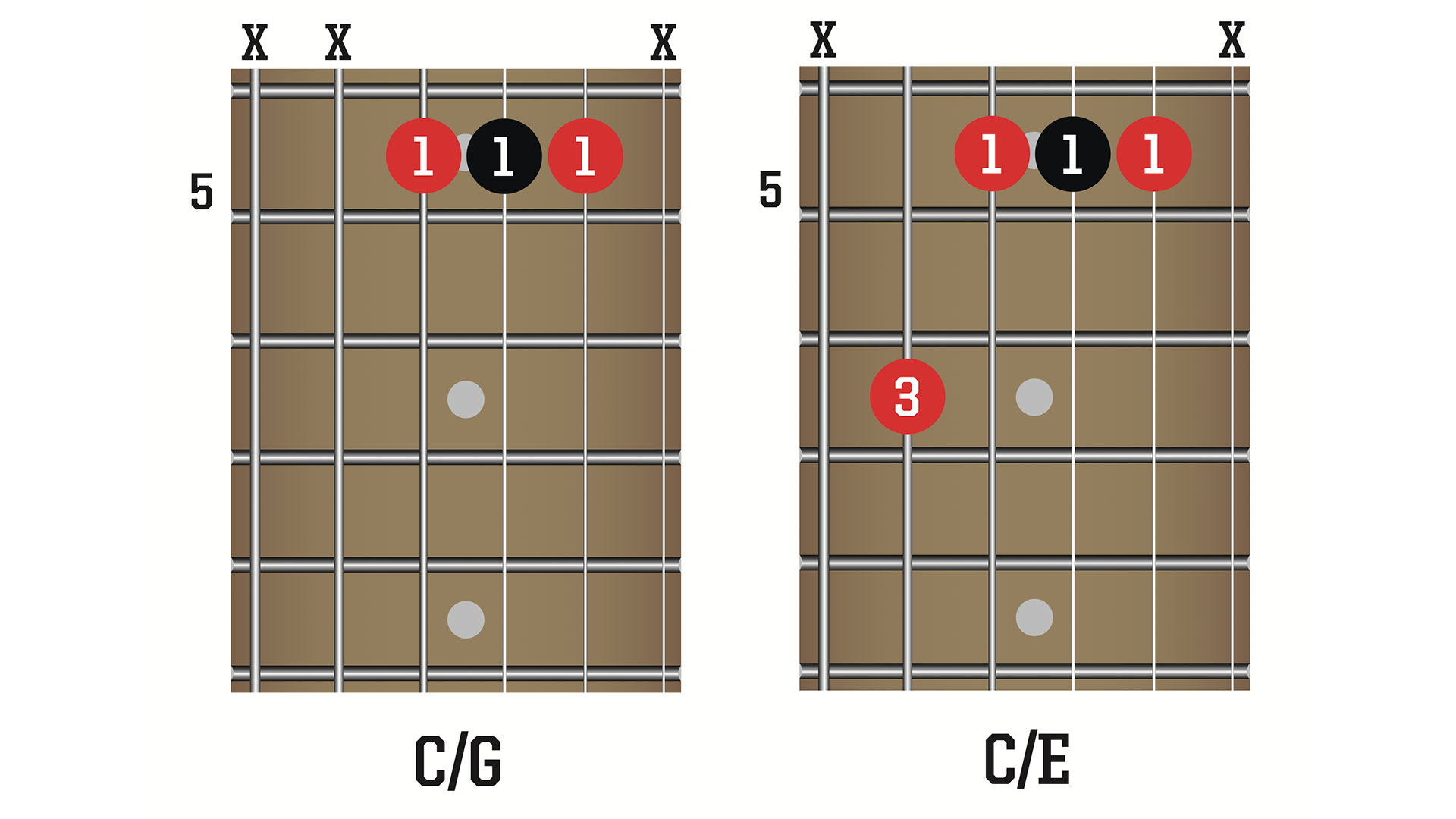
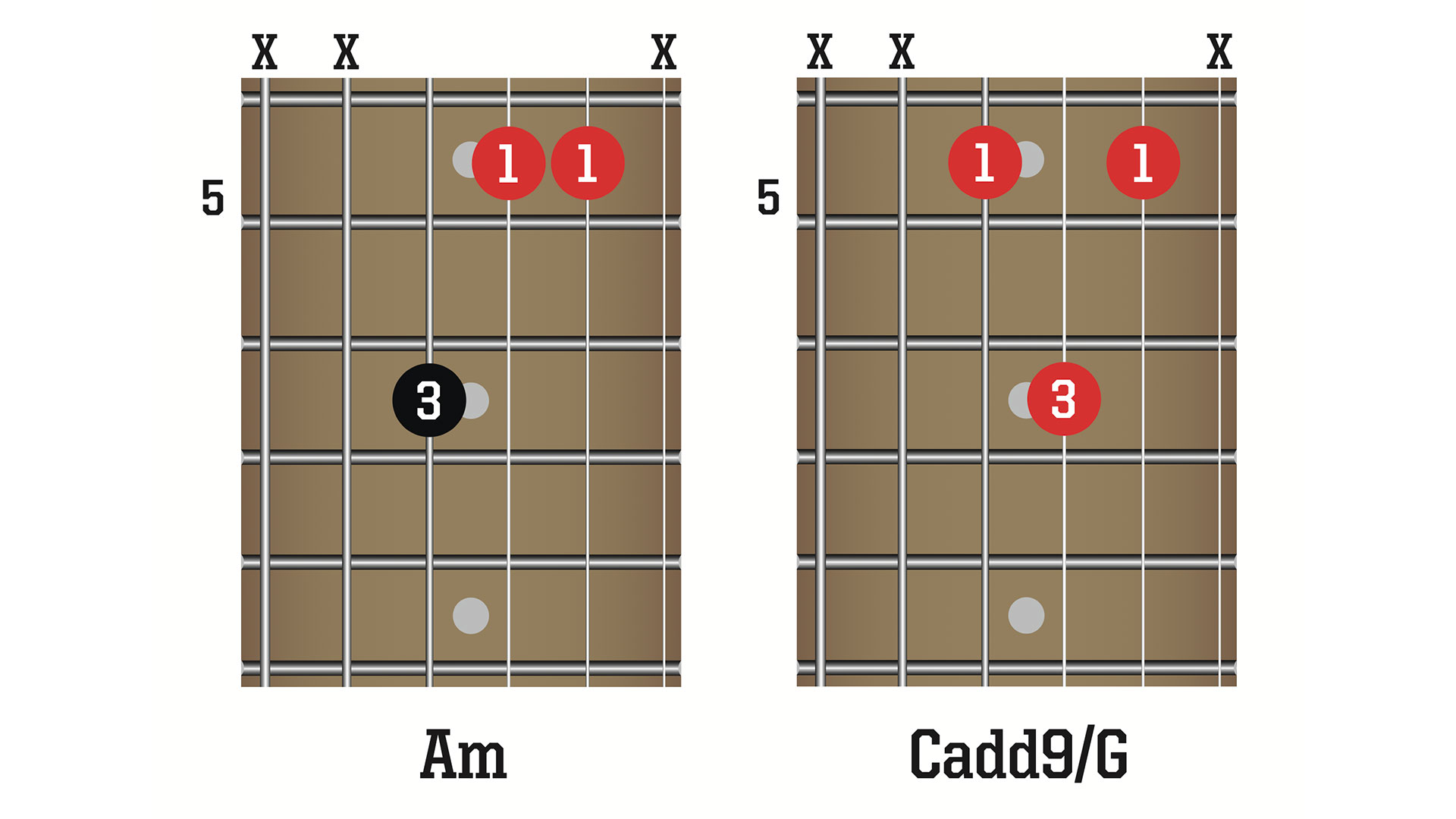
This first-finger barre across three strings is a key part of Jimi’s rhythm style. We’ve really only scratched the surface with a few third-finger variations here but experiment with your second and fourth fingers, too.
Start with the one-finger barre and hammer on to the additional notes in C/E, Am and Cadd9/G for authentic sounds in the style of Wait Until Tomorrow, Bold As Love and many more.
Funk chords
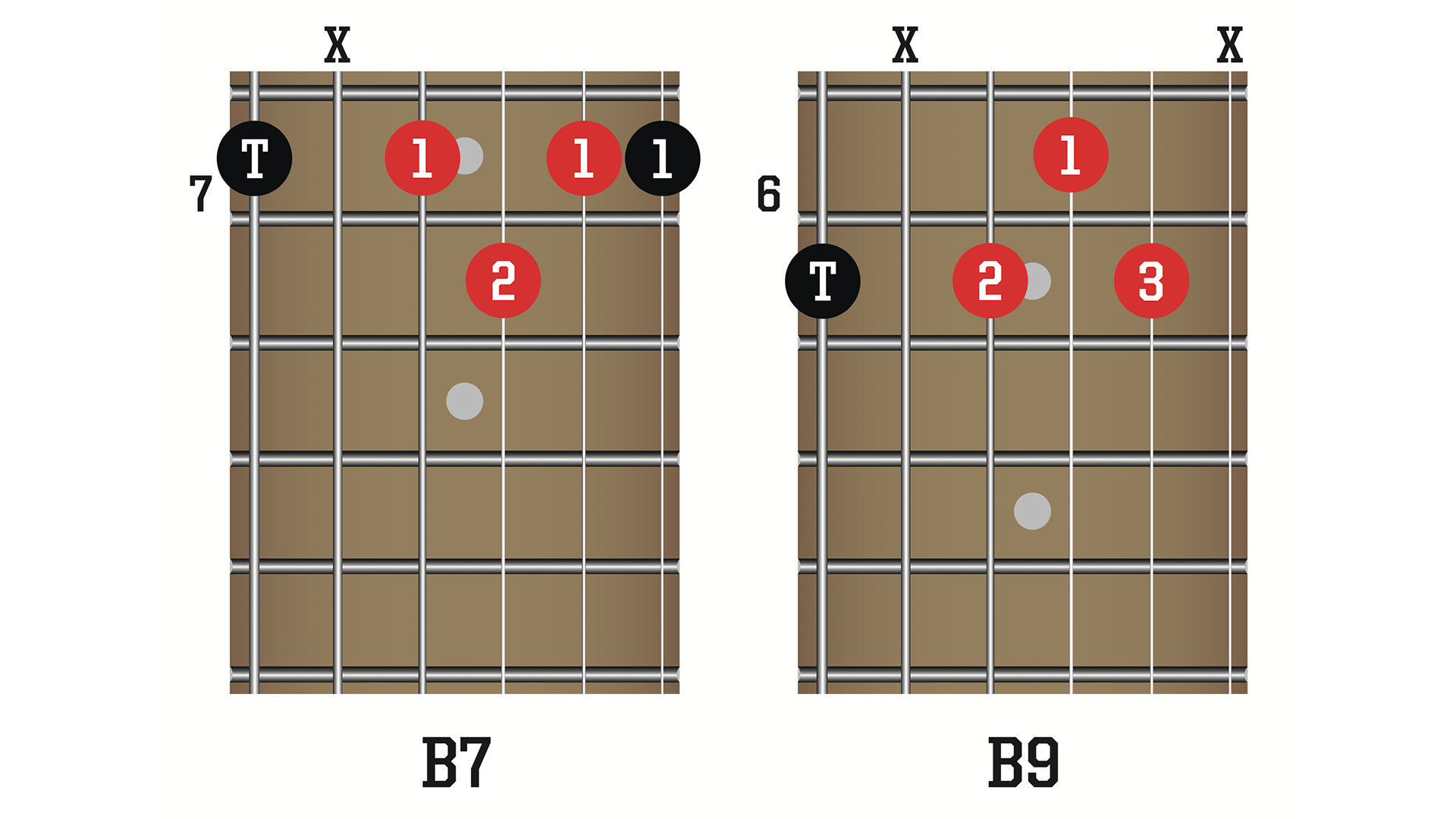
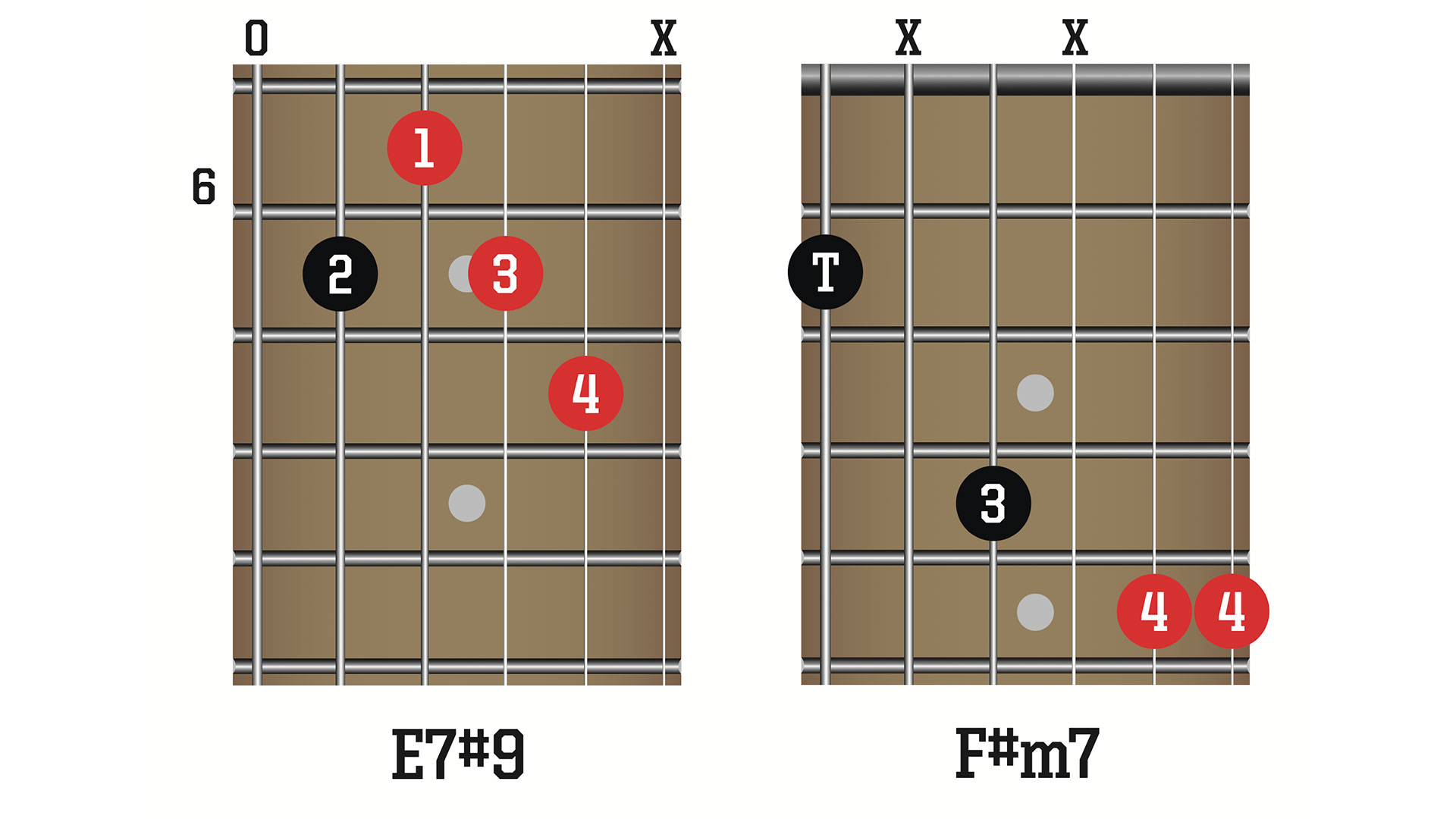
He’s arguably best known for his fiery, psychedelic lead guitar style, but Jimi played with so much groove, too. Get your fingers round these edgy sounding chords and you’ll be part way to nailing his aggressive funk-rock stylings.
The 7#9 is the great man’s best known signature chord and can be heard in Purple Haze, Foxey Lady, Crosstown Traffic and more.
Total Guitar is one of Europe's biggest guitar magazines. With lessons to suit players of all levels, TG's world-class tuition is friendly, accessible and jargon-free, whether you want to brush up on your technique or improve your music theory knowledge. We also talk to the biggest names in the world of guitar – from interviews with all-time greats like Brian May and Eddie Van Halen to our behind the scenes Rig Tour features, we get you up close with the guitarists that matter to you.
